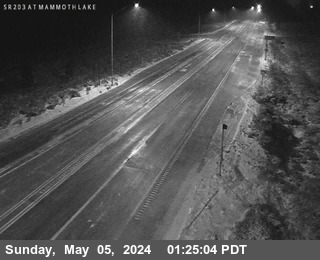Brought to you by Howard Sheckter
First day of meteorological fall will continue with the trend of above normal temperature’s…..High Humidity to our south will work northward for better chance of warm rains next week….Winter of 2018 looks likely to be very different than 2017
Friday September 1, 2017
Sky conditions cleared out nicely over night and as a result, lows dropped down into the 40s this morning. Upper level winds have become easterly as an egg shaped upper high is currently progressing east over Northern CA. This upper high will become northwest-southeast orientated and allow moisture that is currently over Baja from TS Lidia, to move up through Southern CA. Eventually making its way into the Southern Sierra and north. Both the southern and central sierra may benefit from wetting rains early next week. The Dweebs expect an out break of thunderstorms at some point. The call for wet storms will be tied into the timing of impulses of upper divergence that would move up from the SSE. More on that later….
Temperatures will remain both above normal and will be dependent upon cloud cover into next week. Highs this weekend are likely to be in the low 80s with lows in the 40s then low 50s as the moisture increases. Longer range charts for Tuesday and Wednesday show a strong easterly wave over AZ that may pivot into CA then north into the Southern Sierra by Mid-week. Of note, with the increase of thunderstorms, will bring the increase of lightning and possibly fire starts in the forest. Lets hope the rains are wet enough to prevent that next week.
Climate:
The Dweebs are starting to look at some of the teleconnections that can effect the weather on a climate scale of time. This is the time frame of 30 days and beyond. September will likely remain above normal in temperature. However., I do see the possibility of that elusive equinox cool down or trough followed by warming.
The key teleconnections are quite a bit different as compared with last winter. There is cooler than normal water in the Bering Sea, VS last years warmer them normal SSTA. The QBO has become East to West arguing for a deeper Hudson bay Low and the Pacific Decadal Oscillation is now neutral trending Cold for the west coast. This all argues for more meridian flow for the eastern pacific and across the CONUS vs zonal flow from the pacific last winter. It appears that from a temperature point of view, the Fall will become quite cold (November) with periods of Continental Air backing into the Great Basin at times this Winter. As far as precip, it is still too early for a call, but at the least, not nearly as wet as last winter. Colder storms will higher snow to water ratios seem more likely. AR events, although still quite possible in an ENSO neutral trending Cold, will be far fewer in numbers. Last winter we has some 15 AR events. Normal is about 5.
Dr Howard and the Dweebs…………….:-)




